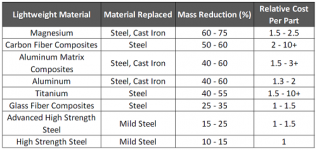PeterPS
Well-Known Member

Hi Ed:
Your comment is spot on: I was indeed thinking of detection vs classification/resolution vs
identification/super-resolution.
Some interesting figures from DV's paper: the estimated Japanese bins production in 1977 was about 3.7 million (p338), out of which....200 thousand were roofs (p345)--times have changed.....
Best, Peter
Your comment is spot on: I was indeed thinking of detection vs classification/resolution vs
identification/super-resolution.
Some interesting figures from DV's paper: the estimated Japanese bins production in 1977 was about 3.7 million (p338), out of which....200 thousand were roofs (p345)--times have changed.....
Best, Peter





